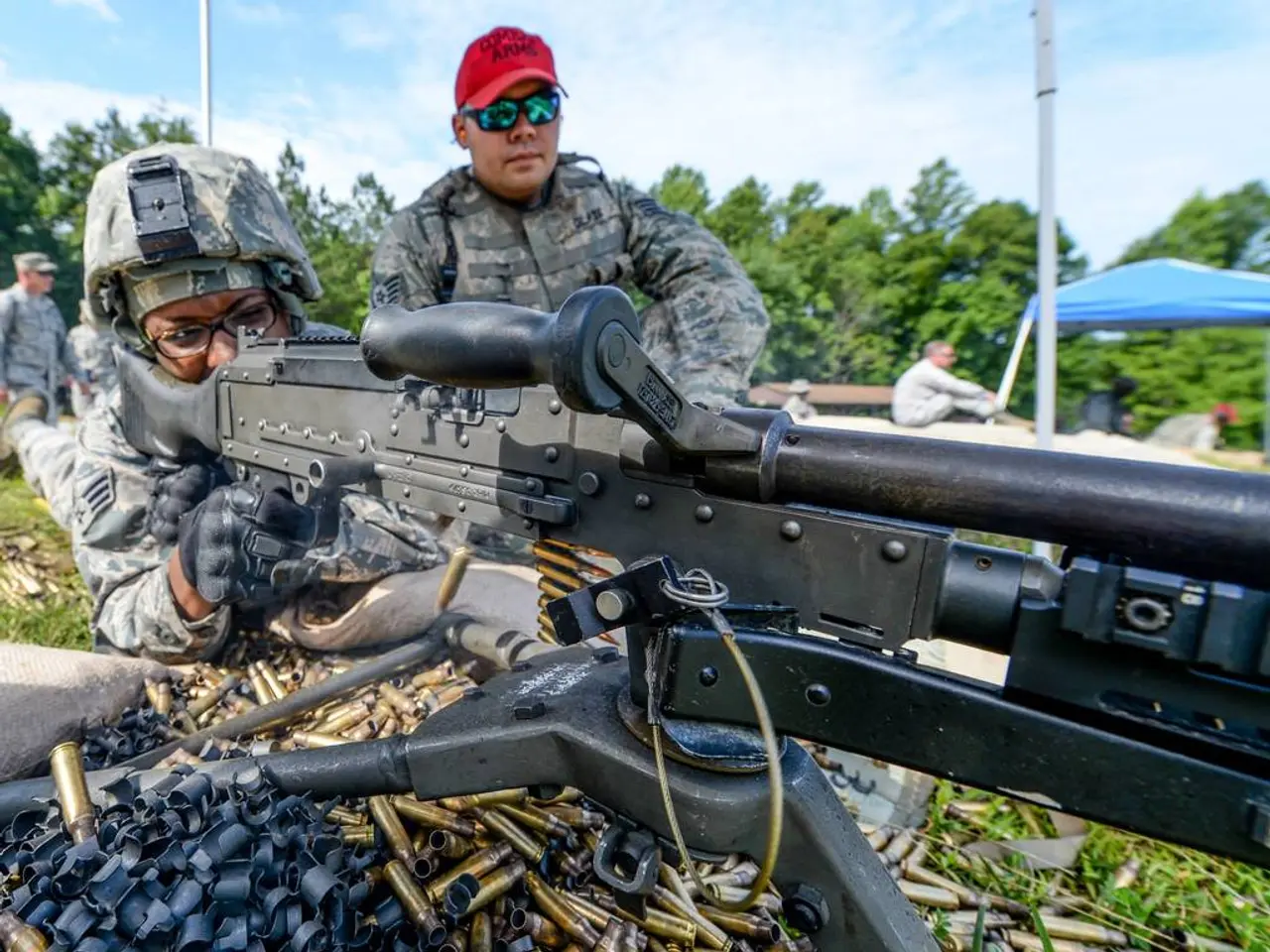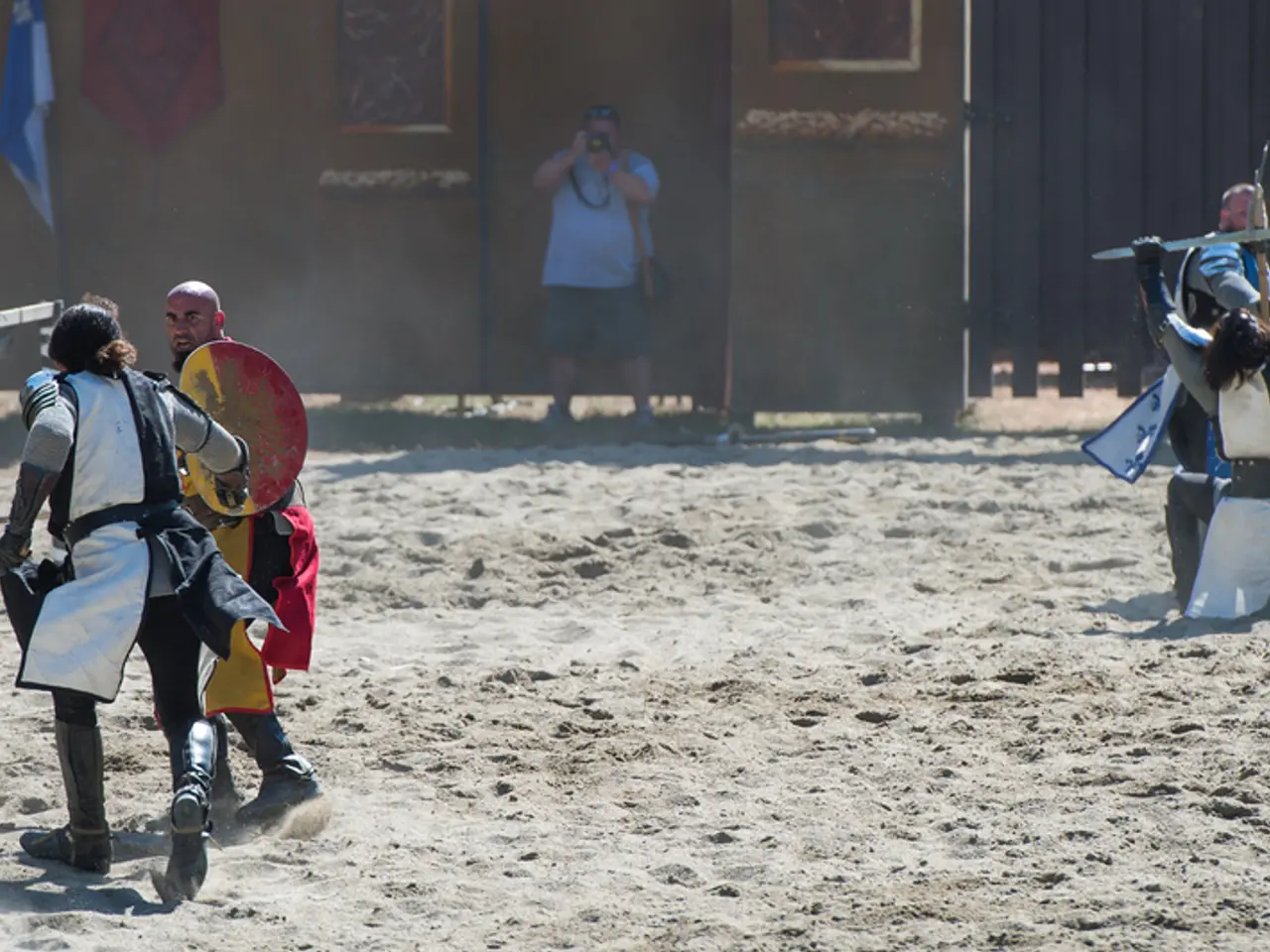Creating Tactical Training Facilities: A Guide
A well-designed tactical training range is essential for military forces to effectively prepare their personnel for a variety of scenarios. To create a range that balances safety, functionality, and advanced training capabilities while ensuring long-term value, flexibility, and adaptability, consider the following key elements.
Safety Features and Environmental Controls
Incorporate robust safety infrastructure to ensure the well-being of all personnel. Bullet traps, such as steel or rubber berm traps, are designed to safely capture projectiles and manage lead contamination, reducing noise and maintenance costs in the long run. Overhead safety baffles, earthen backstops, and impact-absorbing surfaces (e.g., mortar board coverings) prevent bullets from leaving the range area and reduce the risk of ricochet.
Shooting stations should be designed with physical barriers, such as curtains or benches, to enhance shooter safety and comfort. Compliance with applicable military and environmental regulations is also crucial, as is the provision of supervision and control by trained range officers.
Functionality and Advanced Training Capabilities
To meet diverse training needs, tactical training ranges should be equipped with modular, custom-designed training towers and structures constructed with durable steel framing. These can accommodate multi-story sniper, fast rope, rappelling, and tactical exercises, simulating realistic scenarios to improve soldier readiness.
Firing lines should be designed with variable distances, allowing for the practice of handguns, shotguns, rimfire, and centerfire rifles. Facilities should also be adaptable to various training protocols, including enclosed or open-air shooting setups, to enhance realism and tactical versatility.
Long-term Value, Flexibility, and Adaptability
To ensure long-term value and adaptability, tactical training ranges should be built using modular construction systems, enabling rapid assembly, easy reconfiguration, and future expansion or modification as training requirements evolve. Weather-resistant materials and coatings should be used to ensure durability and reduce maintenance costs over decades.
Facilities should also be designed to accommodate emergent technologies, new weapon systems, and changes in military doctrine with minimal structural alterations. Incorporating sustainable features such as solar power and environmentally-friendly design elements can minimize operational costs and environmental impact.
Planning Process and Ongoing Evaluation
Engage range design professionals and military training experts early in the planning process to create a tailored design aligned with specific operational goals and compliance standards. Conduct risk assessments and environmental reviews to balance safety, noise management, and community impact.
Include training feedback mechanisms and periodic facility reviews to maintain alignment with tactical objectives, lead management, and equipment upgrades. By integrating these elements, a modern tactical training range can meet current training demands effectively while providing long-term operational value and scalability.
Additional Features
Flexibility is essential in a tactical training range, allowing for accommodation of various training scenarios, from basic marksmanship to advanced tactical exercises. Advanced control systems streamline operations and reduce the chance of human error.
Effective designs allow for both individual skill building and complex team exercises. Some ranges incorporate video capture to review training sessions and identify areas for improvement. Proper maintenance access points simplify repairs and routine upkeep, ensuring long-term functionality.
Automated scoring tools allow instructors to track performance instantly and provide detailed feedback. Virtual simulation systems can supplement live-fire exercises, providing cost-effective training alternatives. By incorporating these features, tactical training ranges can optimize scheduling, track long-term progress, and enhance the overall training experience.
- Incorporating technology into the design, such as automated scoring tools and virtual simulation systems, can optimize scheduling, track long-term progress, and enhance the overall training experience of military personnel at the tactical training range.
- To optimize the training of military personnel in life-like sports scenarios, tactical training ranges can be equipped with features like video capture for session review, advanced control systems to streamline operations, and mortar board coverings to absorb the impact of bullets, thereby creating a safer and more efficient training environment.








